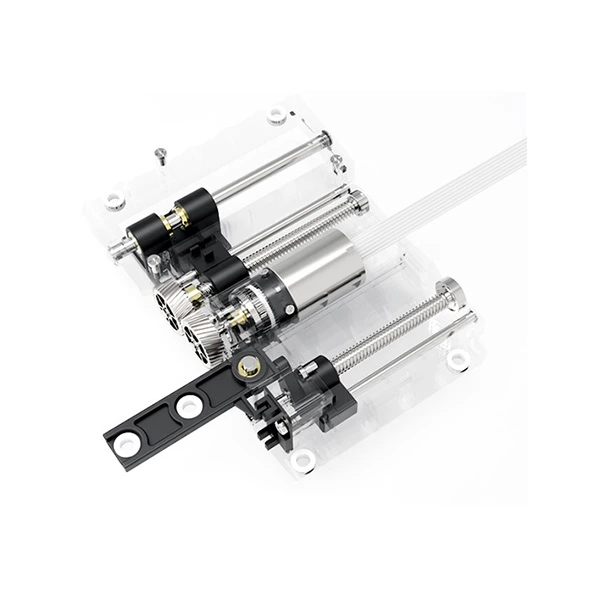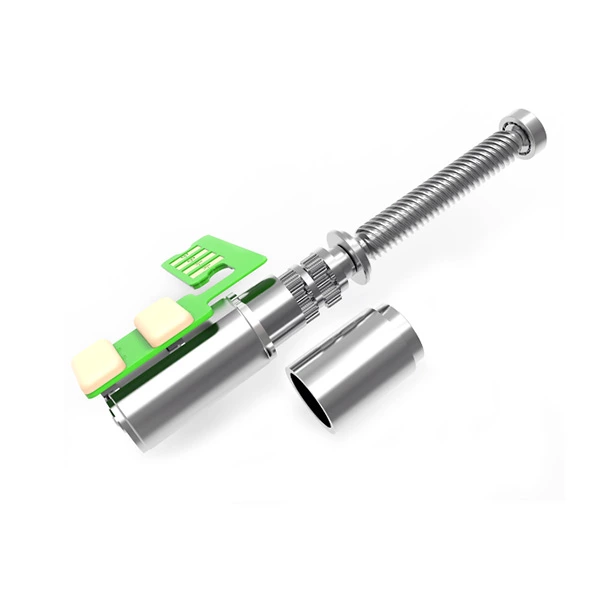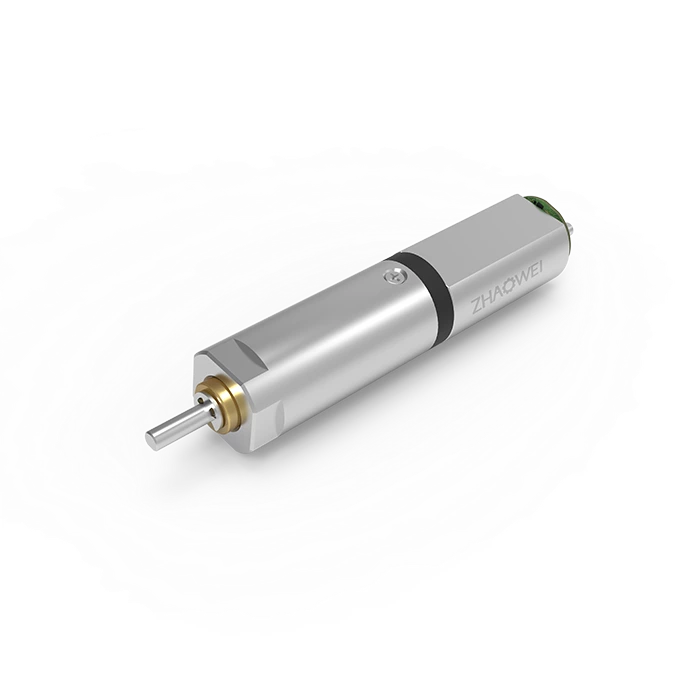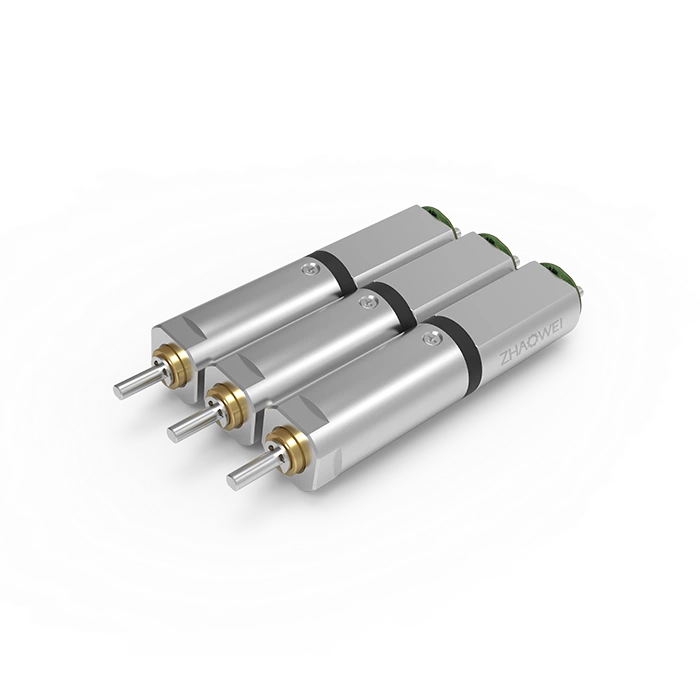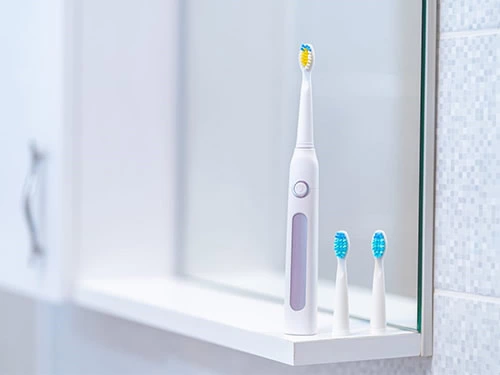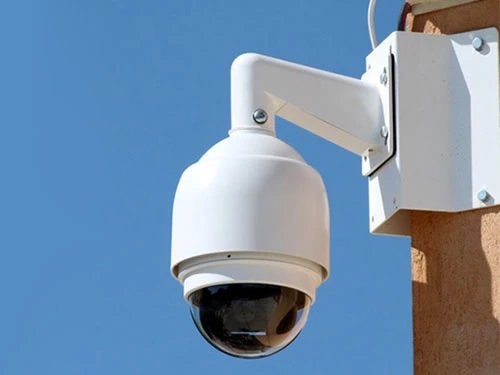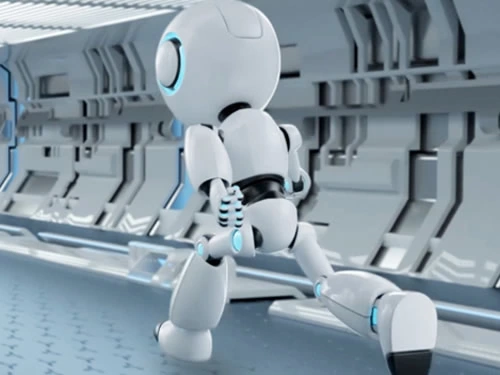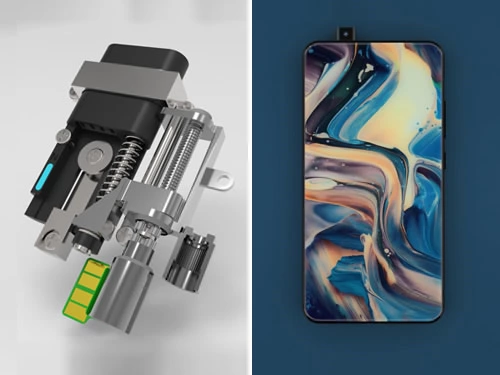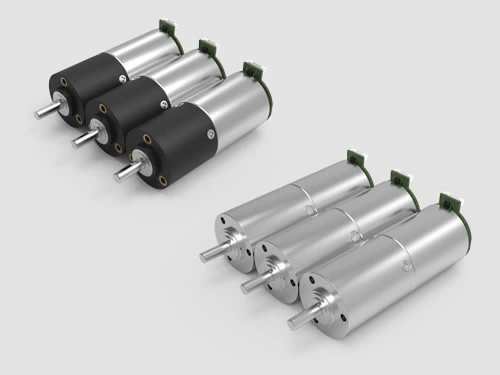How Does a Stepper Motor Work?
Stepper motors are DC motors that move in discrete steps. A stepper motor, also known as a step motor or stepping motor, is a brushless DC electric motor that divides a full rotation into many equal steps. They have multiple coils organized in groups called “phases.” By energizing each phase in sequence, the motor rotates one step at a time. With computer-controlled stepping, exact positioning and/or speed control can be attained. Hence, stepper motors are the motor of choice for many precision motion control applications. That is, the motor’s position can then be commanded to move and hold at one of these steps without any position sensor for feedback (an open-loop controller), as long as the motor is carefully sized to the stepper motor applications with respect to torque and speed.
How Does a Stepper Motor Work?
Basic Working Principle
Like electric motors, stepper motors have a stationary part (the stator) and a moving part (the rotor). On the stator, there are teeth on which coils are wired, while the rotor is either a permanent magnet or a variable reluctance iron core. The stepper motor comprises a rotor, which is usually a permanent magnet, and the windings of the stator surround it. As we activate the windings step by step in a particular order and let a current flow through them, they magnetize the stator and form electromagnetic poles, respectively, which cause motor propulsion. By supplying different phases in sequence, the rotor can be rotated by a specific amount to reach the desired final position.
Further Information about “How a Stepper Motor Works”
Micro stepper motors are often divided into three types: permanent magnet stepper motor (PM), variable reluctance stepper motor (VR), and hybrid stepper motor (HB). Here, we take a typical type, permanent-magnet stepper motor, as an example. The rotor of the stepper motor is a permanent magnet. When the current flows through the stator winding, the stator windings create a vector magnetic field. Then, the magnetic field drives the rotor to rotate by an angle so that the pair of magnetic fields of the rotor and the magnetic field direction of the stator are consistent. When the vector magnetic field of the stator is rotated by an angle, the rotor also rotates with the magnetic field at an angle. Each time an electrical pulse is input, the motor rotates 1 degree further. The angular displacement it outputs is proportional to the number of pulses input, and the speed is proportional to the pulse frequency. If the order of winding power is changed, the motor reverses. Thus, it can control the rotation of the stepping motor by controlling the number of pulses, the frequency, and the electrical sequence of each phase winding of the motor.
When to Equip the Stepper Motor with Gears?
To realize a high-performance operation process of mini stepper motors, it is essential to determine whether it is crucial to equip the stepper motor with a planetary gearhead.
Role of the Gears in Stepper Motor
The role of the planetary gearhead closely correlates with motor development. With the introduction of motors incorporating speed control functions, the primary role of the planetary gearhead is to amplify torque. However, with the wide acceptance of stepper motors to fulfill the requirements for control of speed and position, planetary gearhead found new purposes, including torque amplification, improvement in permissible inertia, and motor vibration reduction. Furthermore, the accurate positioning capability of motors has created a demand for high-precision and backlash-free planetary gearhead.
ZHAOWEI Stepper Motor, keeping up with these trends, has been developing specific gearheads with optimal characteristics needed to preserve the motor characteristics with which it is used. Its planetary gearhead for stepper motors emphasizes high permissible torque, long service life, low noise, and a broad range of gear ratios to continuously use the power source. As stepper motors and other control motors are designed to allow accurate positioning, the gearheads used for these motors must provide the same level of accuracy. Accordingly, ZHAOWEI has developed a mechanism to minimize backlash in gears used with stepper motors to attain low backlash properties. Adding a gearbox provided by ZHAOWEI to a stepper motor system can improve the motor’s performance by decreasing the load-to-motor inertia ratio, increasing torque to the load, and reducing motor oscillations.
Besides the correct torque, speed, and inertia values of the gear motor, it is crucial to choose a high-precision, low-backlash planetary gearhead, especially when connecting the gearbox to the stepper motor. This is also what ZHAOWEI can do!







